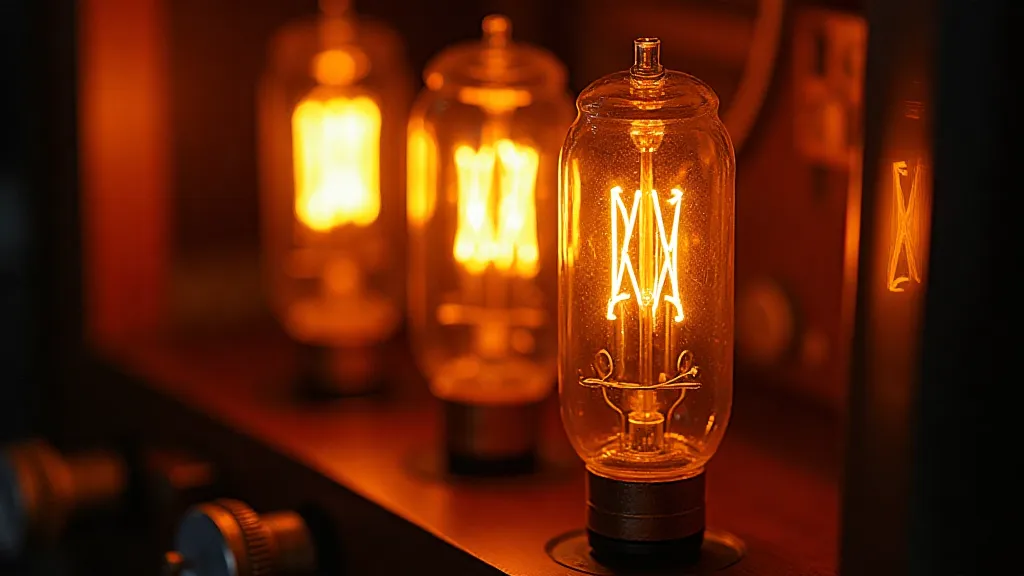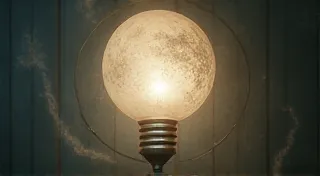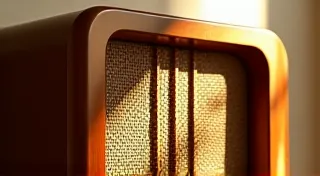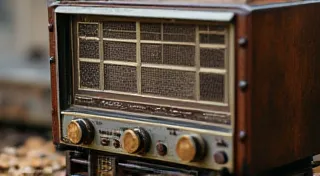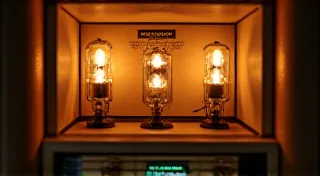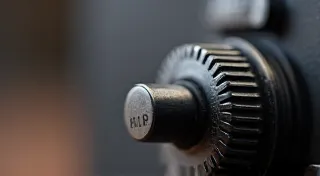The Static of Memory: Echoes in Vacuum Tubes
There's a peculiar magic in the hum of an antique tube radio. It's more than just the soft glow of vacuum tubes or the reassuring click of a tuning dial. It’s the sensation of bridging decades, of holding a piece of history in your hands, a device that once filled homes with news, music, and the voices of loved ones. We, as restorers, are not merely repairing electronics; we're carefully excavating fragments of human experience and preserving the fragile beauty of obsolescence. The process isn’t simply about fixing circuits; it's about reconnecting with a profound sense of place and time.
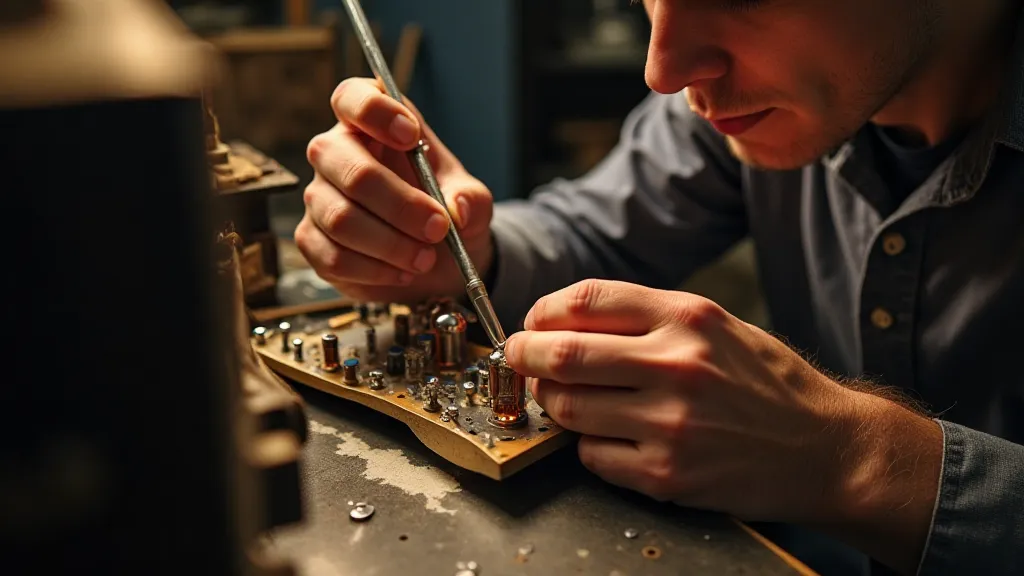
A Legacy of Voices
Consider the era when these radios were at their peak. The 1930s, 40s, and 50s – a time of profound social and technological change. Families gathered around these machines for entertainment and information, often the sole source of news and music. Imagine the anticipation of a baseball game broadcast live, or the shared excitement of hearing a wartime announcement. These radios were more than just appliances; they were central to the social fabric of the time. They witnessed births, deaths, celebrations, and anxieties. They carried the laughter and the tears of generations.
I recall my grandfather's Zenith Stratosphere. It wasn’s particularly rare or valuable, but to me, it represented everything. He's gone now, but working on similar radios, painstakingly cleaning the chassis, replacing brittle capacitors, brings back flashes of him - the smell of his pipe tobacco, the gentle rumble of his voice, the contented sigh he’s make after listening to the evening news. It’s a vicarious return to a past that’s both personal and collective. It's a powerful emotional resonance that extends beyond the technical aspects of radio repair.
The Allure of Imperfection
Modern electronics strive for pristine clarity and unwavering performance. Antique tube radios, on the other hand, embrace imperfections. The crackle of the speaker, the subtle hum of the filaments, the occasional drift in tuning – these aren't flaws; they're character. They're reminders of the machine's age and the technology of the time. They are the audible hallmarks of a different era, where durability and longevity were prioritized over absolute perfection.
There’s a certain comfort in that imperfection, a solace in the knowledge that these machines weren't manufactured to be disposable. They were built to last, to be repaired, to be cherished. We, as restorers, are upholding that tradition. It is a meditative practice – a slowing down, a careful observation of detail. Each component tells a story: the type of ceramic used for the capacitors, the markings on the resistors, the faded label on the speaker cone. These details are windows into the manufacturing processes and the design choices of the time.
More Than Just Electronics: A Contemplative Practice
The therapeutic aspects of radio restoration are often overlooked. It requires patience, precision, and a quiet focus. It's an escape from the constant distractions of modern life, a chance to engage with a tangible, mechanical process. The repetitive nature of cleaning, testing, and replacing components can be surprisingly calming, almost meditative. You become acutely aware of your hands, your tools, and the subtle nuances of the machine’s operation.
I find that the deep concentration required for these projects actually sharpens my senses. It draws me into a present moment, allowing me to disconnect from worries and anxieties. There’s a sense of satisfaction that comes from bringing a seemingly lifeless object back to life, from hearing the familiar voices of the past emanating from its speaker once more. It's a form of creative problem-solving, where ingenuity and perseverance are rewarded with a tangible and deeply moving result.
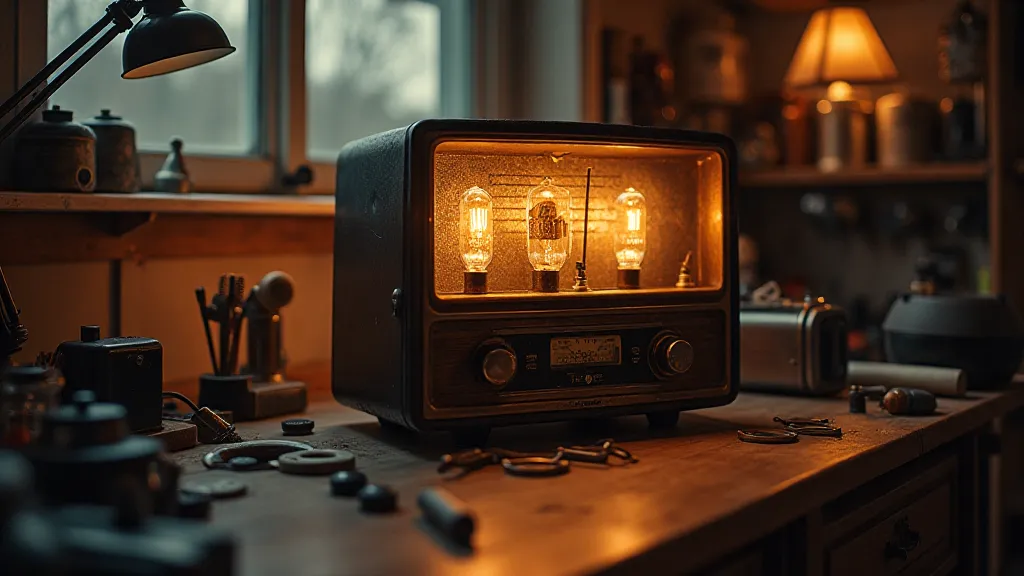
Collecting and Preservation: A Responsibility
Collecting antique radios isn’t merely about acquiring objects; it’s about preserving a piece of cultural heritage. Each radio represents a snapshot of a bygone era, a testament to the ingenuity and craftsmanship of its time. As collectors and restorers, we have a responsibility to protect these machines, to ensure that they continue to inspire and educate future generations.
Beyond the functional aspects, the aesthetic beauty of these radios is undeniable. The art deco designs of the 1930s, the sleek lines of the postwar models – they are masterpieces of industrial design. The wood cabinets, the Bakelite dials, the intricate speaker grills – all contribute to a sense of timeless elegance. It’s essential to treat these objects with respect, to appreciate their historical significance and their artistic merit.
A Window to the Past
Working on antique tube radios is a unique and rewarding experience. It’s a journey into the past, a chance to connect with the voices and the experiences of those who came before us. It's a testament to the enduring power of human ingenuity and the beauty of obsolescence.
The hum of the filaments, the crackle of the speaker, the warmth of the glow – these are more than just sounds and sights; they are echoes of memory, whispers from a bygone era. They invite us to pause, to reflect, and to appreciate the enduring legacy of these remarkable machines. They offer a connection—a deeply personal and historically significant connection—to the past. And, perhaps, that’s the most valuable restoration of all.
